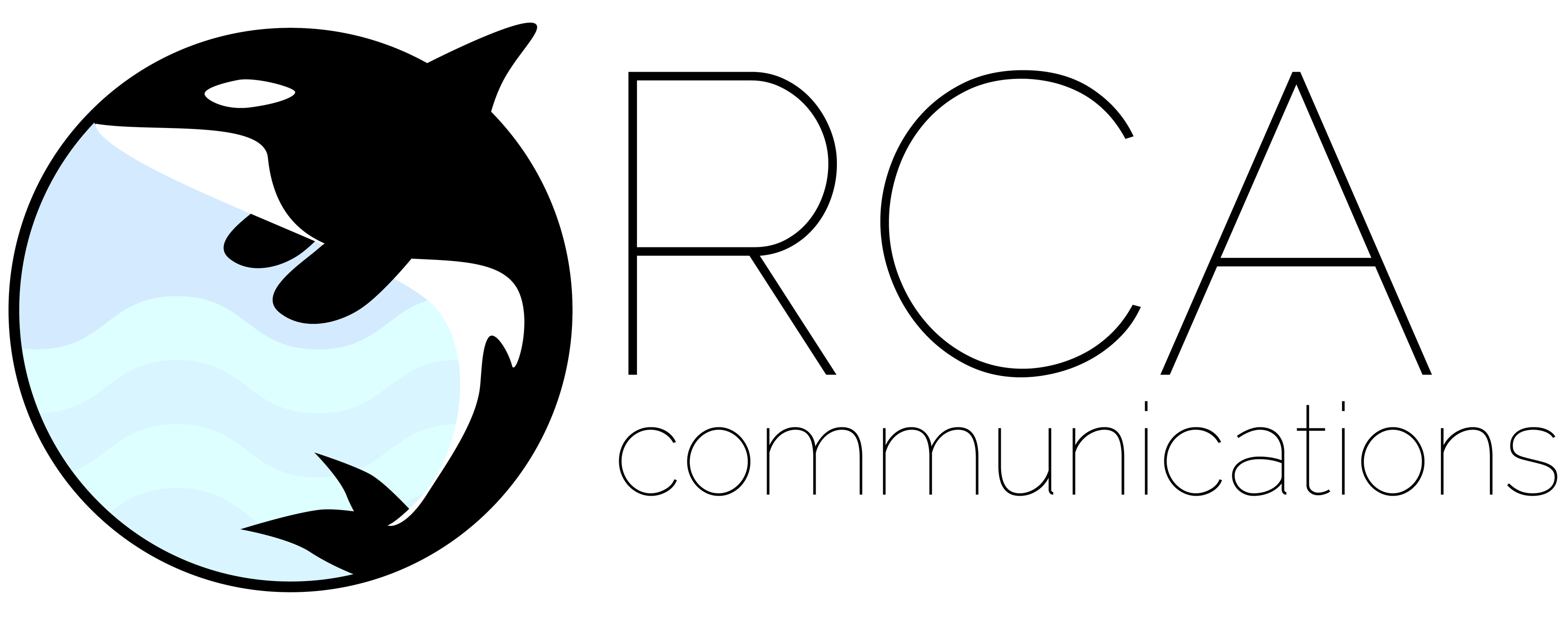The Pitfalls of Pay to Play: Orca’s Perspective
Written by Lisa Leigh Kelly, Orca Communications Account Executive
In the world of public relations, the concept of Pay to Play may seem appealing at first glance. The idea of paying a PR firm only if they secure a feature for your brand or product can be tempting. However, this approach has significant drawbacks that can hinder both the effectiveness of PR campaigns and the client-agency relationship and often falls short of delivering the desired results.
Limited Control and Attribution Challenges
One of the reasons so many clients hire us is to establish credibility for their brand. However, in the Pay to Play model, the PR firm’s primary goal is to secure media coverage to ensure compensation. There are also problems once a feature hits as it becomes challenging to accurately track its impact. For instance, if a national producer sees a feature we landed and decides to run a story on their own, it can be difficult to track exactly how they learned about the product. This lack of attribution can undermine the effectiveness of PR efforts, as the client may not fully grasp the value and reach of a particular placement.
Complex Billing Structure
Another issue with Pay to Play lies in the complexity of determining billing for various types of features. PR campaigns often target different geographical regions, ranging from local to national coverage. Tracking each feature and determining the appropriate billing can become a time-consuming and convoluted process. What if a local feature ultimately gets picked up by a wire service and distributed to multiple partner newspapers? In such cases, the client may question the cost, leading to potential dissatisfaction and strained client-agency relationships.
Focus on Quantity over Quality
In a Pay to Play arrangement, the PR firm’s primary motivation is securing as many features as possible to maximize compensation. This emphasis on quantity can shift the focus away from quality and strategic alignment with the client’s goals. Instead of pursuing meaningful placements that align with the brand’s target audience and messaging, PR professionals may prioritize any coverage they can secure, even if it doesn’t effectively contribute to the client’s overall objectives. This approach often results in a disjointed and unfocused PR strategy, diluting the brand’s message and diminishing its impact.
Alternatives: Value-Based Relationships
To address the limitations of the Pay to Play model, Orca Communications advocates for a shift toward value-based relationships. This approach emphasizes a deeper collaboration between our clients and their publicists, with compensation tied to the overall value delivered rather than individual placements. By aligning PR efforts with the client’s goals, objectives, and target audience, Orca’s publicists can develop tailored strategies that prioritize quality coverage, authenticity, and long-term brand-building.
Value-based relationships also foster transparency and open communication. Instead of obsessing over the number of features obtained, both Orca and our clients focus on the strategic impact and value generated. This approach allows for a more holistic evaluation of PR efforts, considering factors such as media impressions, audience engagement, brand reputation, and overall market positioning.
Conclusion
While the Pay to Play model may appear attractive due to its payment structure, a closer examination from a public relations perspective reveals its shortcomings. From compromising authenticity and credibility to attribution challenges and complex billing structures, this model falls short in delivering effective PR results and maintaining strong relationships with our clients. To achieve long-term success, Orca instead advocates for value-based relationships that prioritize what each client needs. Let us know what you think about our PR style!

